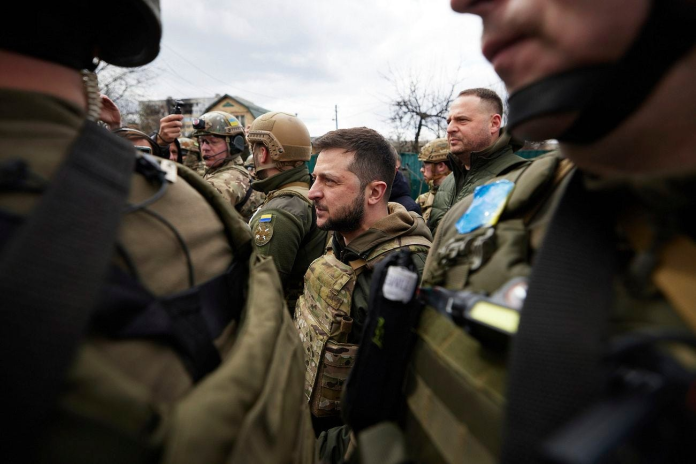
How do you counter an opponent who can sow a battlefield with explosives in silence at ranges of hundreds of kilometers? No longer science fiction in the war-torn fields of Ukraine. Russian forces have begun deploying modified drones to drop anti-tank mines deep inside Ukrainian territory since mid-2025, a combination of air reach and the relentless brutality of ground rounds.
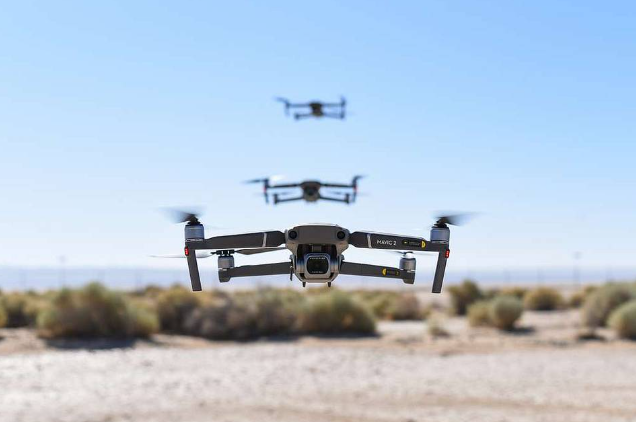
This is a dangerous shift in drone warfare. It is no longer precision attacks and reconnaissance but denial of remote areas, bombing roads, fields, and infrastructure without ever crossing into actual combat. It is a convergence for defense planners of unmanned systems and conventional mine warfare, with different operation and humanitarian complexities.
The following seven developments show how Russian mine-laying drones are changing the warfront, making logistics harder for Ukraine to coordinate, and posing greater threats to civilian life.

1. Shahed Drones Repurposed as Remote Minelayers
Shahed, Iranian in development but known as Geran-2 to the Russians, has been modified for a new function PTM-3 anti-tank mine delivery via underwing cassettes. The Ukrainian police discovered one such drone in the region of Sumy, which revealed outer cases for releasing mines while in flight. Every mine has the capability of arming itself when released, transforming the drone into an unmanned, long-range minelayer. The National Police of Ukraine indicates that this tactic allows Russian troops to sow roads and agricultural fields with mines without deploying ground troops, making it difficult to detect and clear greatly.
Russian war channels have openly bragged about the strategy. The NGP-Razvedka Telegram channel bragged the Geran-2 could conduct “remote mining of enemy supply lines in real time,” with a range of more than 1,000 km. Such a range makes even areas far from the front possible to strike, stretching the defensive resources of Ukraine.
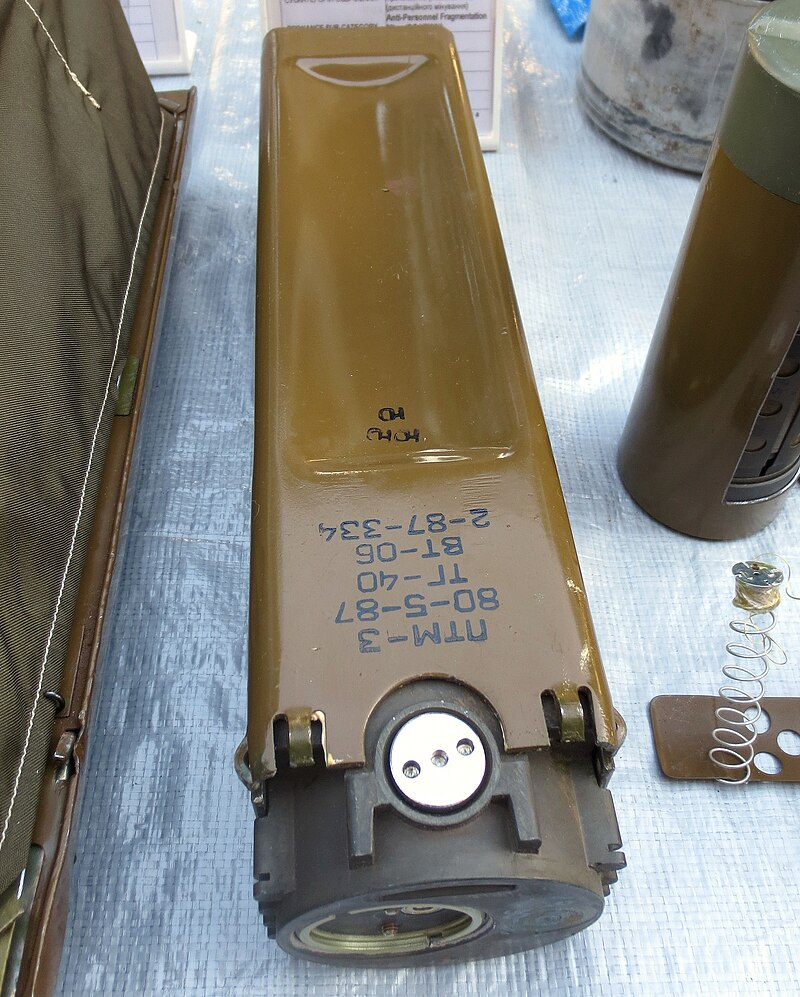
2. The PTM-3 Mine’s Lethal Design
The PTM-3 is a Russian-era scatterable anti-tank mine that weighs 4.9 kg with 1.8 kg of explosive in certain configurations and up to 8.5 kg. It uses a magnetic influence fuze, which detonates when a vehicle drives near, and is encased in a plastic casing that is hard to detect using standard metal detectors. Army Recognition documents the fact that the mine will self-destruct after 16–24 hours, reducing long-term threats but not perhaps the short-term one.
Its compactness allows drones to carry multiple units, and its metal sensitivity against objects over a certain size leaves civilian tractors or trucks exposed. Ukrainian officials warn that unexploded drones also contain mine traps or secondary charges concealed in them, adding complexity to recovery efforts.
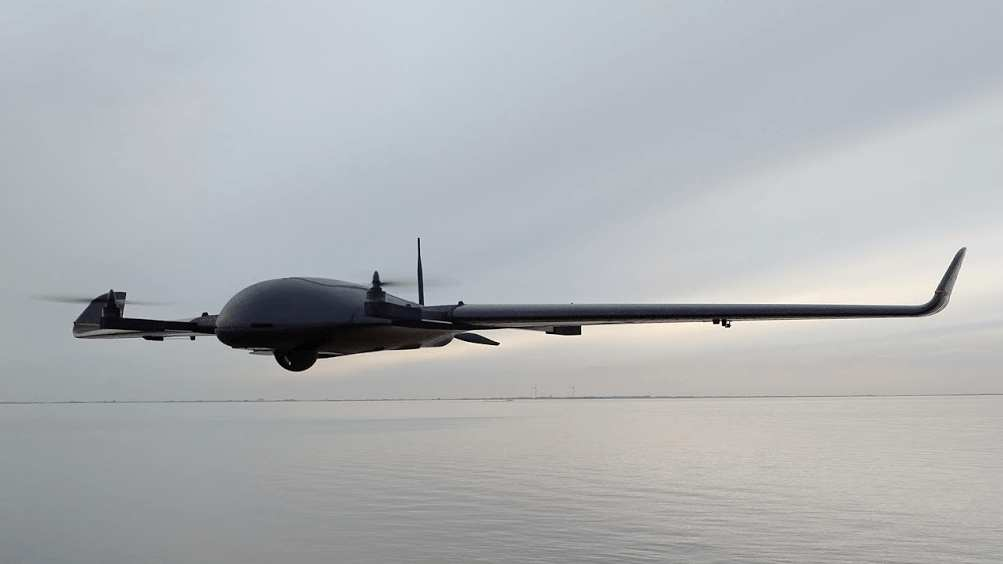
3. Lancet Drones Repurposed for Mine Deployment
Russia has also experimentally developed Lancet loitering munitions to be fitted with PTM-3 mines. Video evaluated by Militarnyi shows a Lancet fitted with a mine in place of its standard warhead. While some versions lack deployment capacity, the conversion fits into a broader scheme to fit heavier, more universal payloads into current UAV designs.
Lancet’s payload sacrifice of armor penetration for volumetric explosive capacity translates to a role of striking lightly armored or unarmed vehicles along main roads.
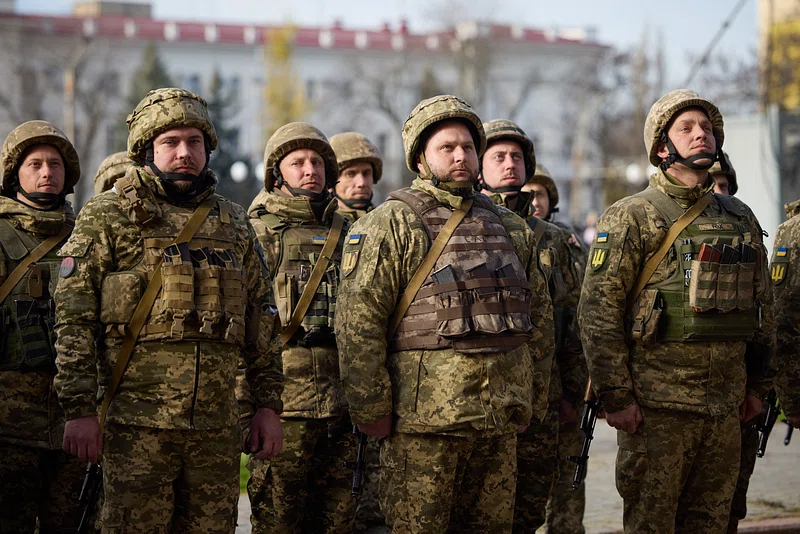
4. Area Denality Strategy Integration
The mine-laying capacity is one aspect of Russia’s more general use of drones for area denial. Ukrainian police report intensified remote mining of transportation roads, rural roads, and fields with low visibility. This tactic forces diversion or slowing down of Ukrainian troops, cutting supply chains and troop rotations.
Occasionally, drones have been used to secure fire control of highways a dozen or more kilometers in the rear of the front, essentially excluding their use short of actual occupation. This duplicates the battlefield air interdiction effect striking operationally significant targets in the near rear to impact frontline operations.
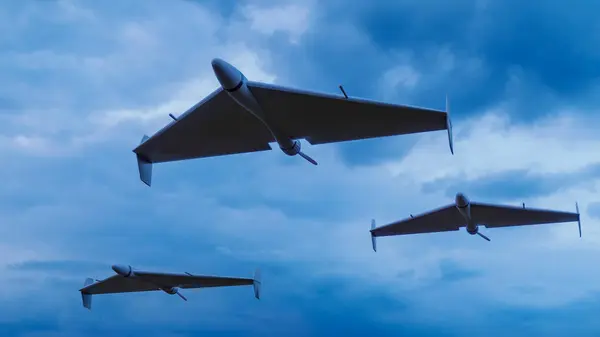
5. Scaling Production for Sustained Use
Russia’s drone sector has ramped up production capacity to support these initiatives. Domestic Shahed production is reported to hit 2,000 per month, and will triple the output. Ukraine’s Defense Intelligence cautions against a plan to manufacture 40,000 Shahed/Geran-2 drones in 2025, and 24,000 decoy drones.
Such mass means mine-dropping versions might be a chronic threat. Even with only two mines per drone, mass deployment might overload many areas, swamping clearance forces and necessitating expensive countermeasures.

6. Civilian Risk and Humanitarian Impact
Ukraine is already the world’s most mined country with 11 contaminated regions. Adding air-dropped mines increases the danger, especially in the countryside where agricultural machinery is operational. Prime Minister Denys Shmyhal has spoken of 174,000 square kilometers of contaminated territory, larger than Greece.
Besides immediate casualties, mined roads and fields obstruct agriculture, reconstruction, and the provision of humanitarian aid. The UN High Representative for Disarmament Affairs called for an emergency stoppage to the use of such indiscriminate weapons, warning against their enduring humanitarian impact.
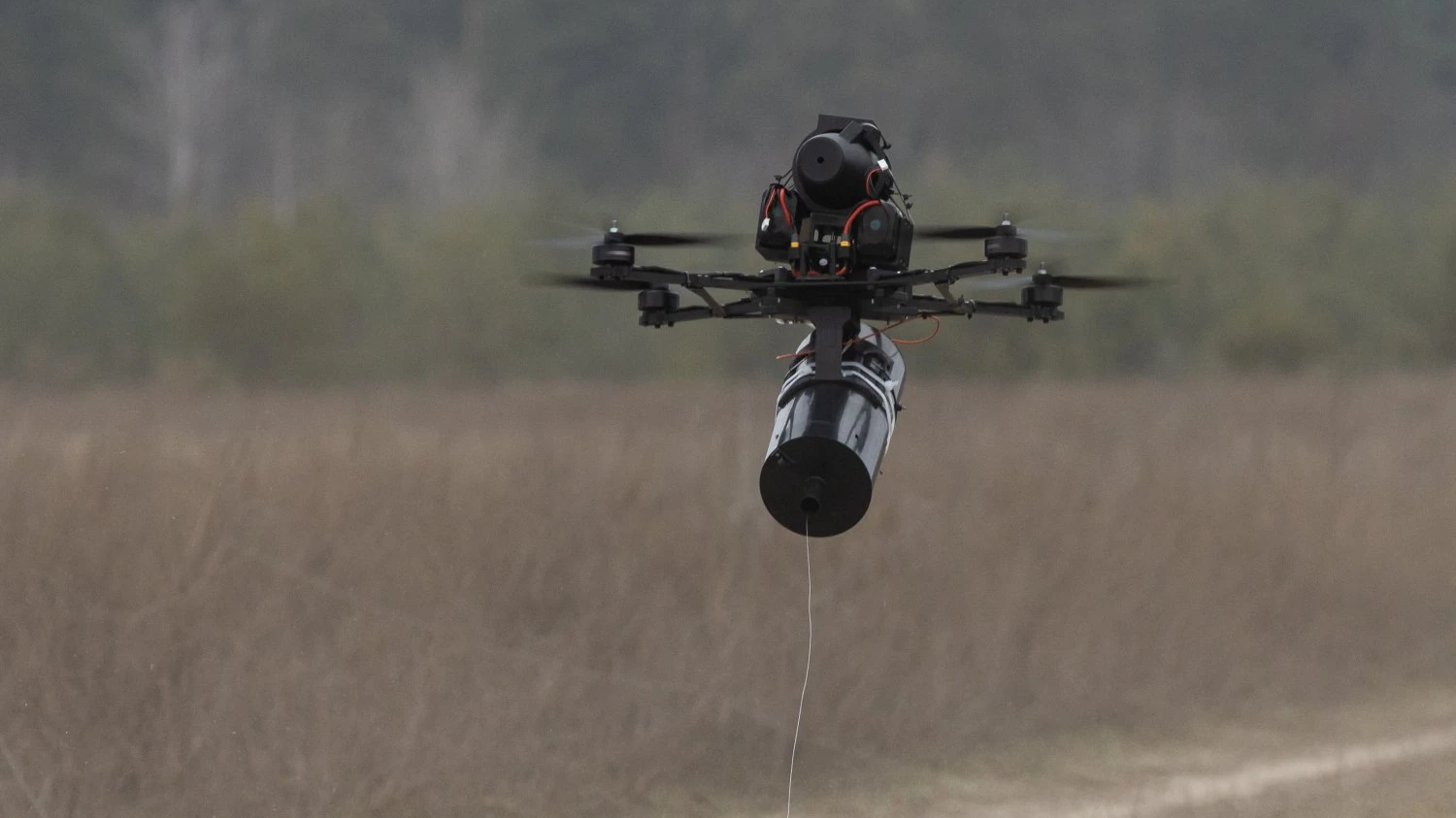
7. Countermeasures and Tactical Adaptation
The Ukrainian response entails the intensification of monitoring along popular routes of drone flight, anti-drone mesh panels covering open roads, and rapid conducted clearance operations. The mobility and range of the mine-dropping drones present challenges in intercepting them. Drone electronic warfare can jam some UAVs, but fiber-optic control links and autonomous navigation reduce the vulnerability to jamming.
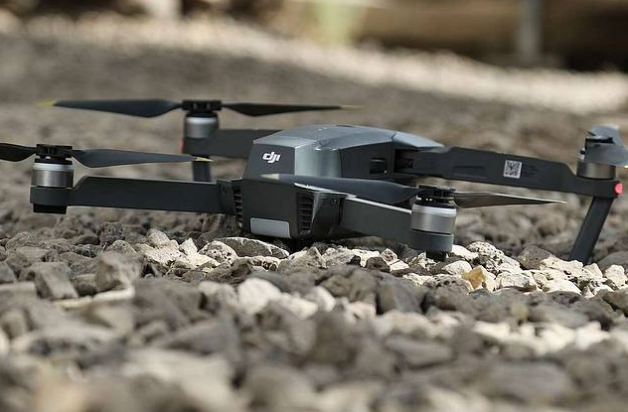
Defense specialists point to the need for EW-independent kinetic counter-drone capabilities, and improved rear-area security protocols. The challenge lies in balancing frontline defense with defense of logistics hubs and civilian infrastructure far from active combat zones.
Russia’s use of drones as remote minelayers is a hybrid of old and new ways of warfare combining the indiscriminate persistence of mines with the reach and agility of unmanned systems. For Ukraine, it is a threat on multiple levels that blurs the line between front-line and rear-area defense. It invites even broader pattern to military analysts in modern conflict, technological advances have a tendency to revive and make more potent old tactics, requiring an equal response countermeasures.
